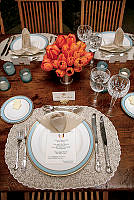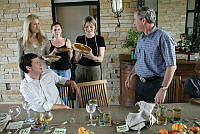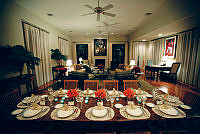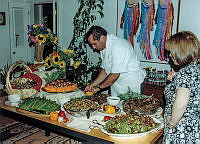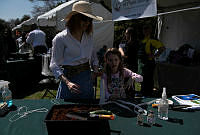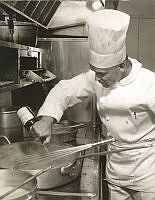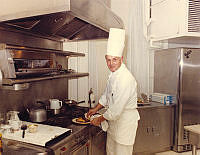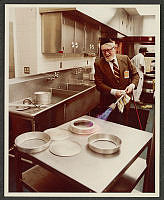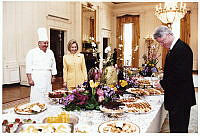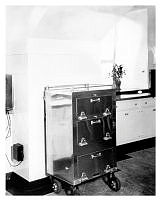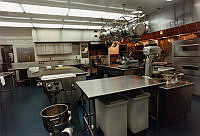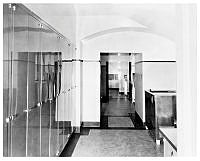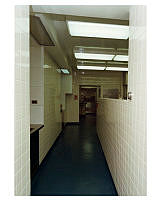Housekeeper Elizabeth Jaffray Makes Some Changes
Copyright © White House Historical Association. All rights reserved under international copyright conventions. No part of this article may be reproduced or utilized in any form or by any means, electronic or mechanical, including photocopying, recording, or by any information storage and retrieval system, without permission in writing from the publisher. Requests for reprint permissions should be addressed to books@whha.org

Elizabeth Jaffray. Literary Digest 91 (December 11, 1926): 40.
Historian William Seale identifies a "strange hierarchy" that had developed among the White House domestic staff by the first decade of the 20th century. At mealtime, the "top-ranking men," black and white, were seated together in a pantry, where they dined upon the President's leftover food. Maids ate in the servants' dining room with the footmen. This group was also racially mixed. Servants farther down the ladder, such as scrubwomen, sat at yet another table.1
Elizabeth Jaffray joined the White House staff in 1909 under the Tafts. Hiring Mrs. Jaffray represented a major change in White House management: substituting a female housekeeper for a male steward. Mrs. Jaffray claims to have "immediately ordered that all the colored servants, regardless of rank or position, should eat at a single table and at a given hour." When objections arose, Mrs. Jaffray threatened the complainers with dismissal.2
The New York Times presented this racial separation of servant tables as a positive move, because "the same consideration is shown for one set of workers as for another. There are still two tables, the white and black being served separately, but the quality of the food is the same for both."3 The Times credited the first lady, not Mrs. Jaffray, with this solution. Although not acceptable today, Mrs. Taft and Mrs. Jaffray’s mandated “separate but equal” eating arrangements were viewed by the mainstream press as representing fair treatment of employees.














